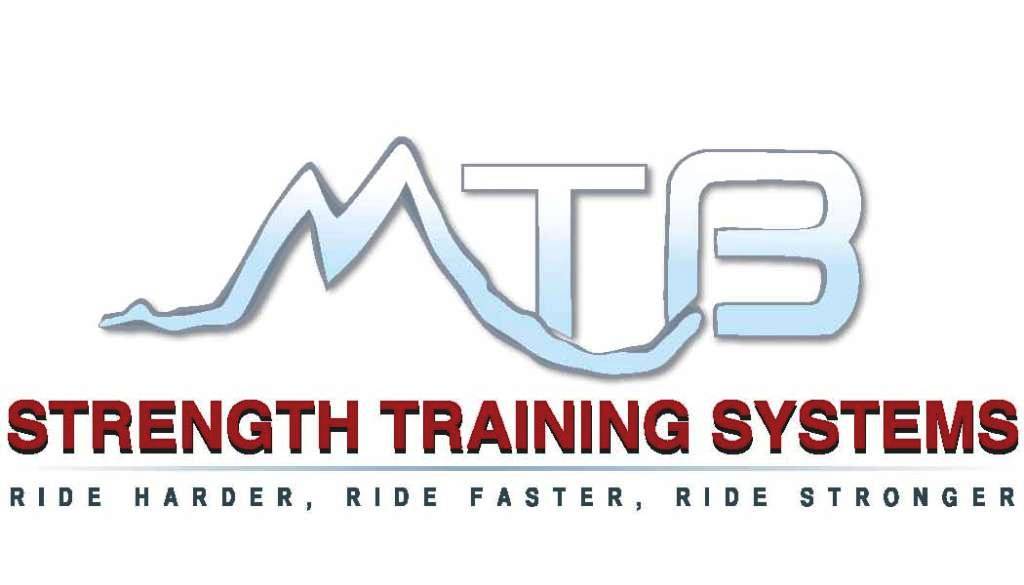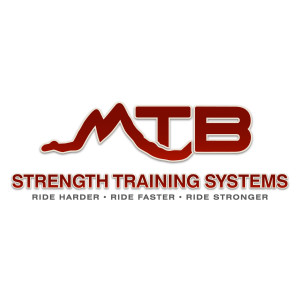
In this podcast I explain how to maximize your off season training plans. You can download the MP3 file by clicking on the link below. You can find the notes from this podcast posted below. Please post any questions in the comments section on my blog at www.bikejames.com I will get to them ASAP.
What is the importance of off season training?
Without a plan to maintiain or improve fitness and skill levels over the off season riders end up having to ride themselves into shape each season. This means that they spend most of the year getting back to where they were and are able to make little progress over the previous season. Eventually they start to lose so much over the off season they struggle to even get back to where they were and start to regress as a rider.
What is the purpose of off season training?
- You need to know what your goals are before you can decide which plan is best for you.
- If you want to be a better mountain biker then you need a plan that addresses the things you need on the trail, not on the road.
Common off season training methods...
- Periodization: Developed by the Soviet Union as a way to plan the long term training of an athlete. It has been adopted by coaches in the US and usually starts with some sort of high volume/ low intensity "base training" phase followed by a gradual increase in intensity and drop in volume over the course of several other phases.
It was originally designed to help a high level athlete, not someone starting out or with just few years of training experience. This means that a certain level of movement skill had been established before taking on a periodized workout program and that movement skill was maintained through off season cross training.
This doesn't mean that you don't want a "periodized" program (periodized is just another word for planned) but you want to follow the principle of periodization, not the specific methods used by high level athletes or, if you are a high level mountain bike rider, methods designed for other sports.
- LSD/ Long Slow Distance: This is the most common type of periodization but, as I'll mention later, not the only kind. This is the method where you build a large aerobic base (usually on a road bike) over the course of 8-12 weeks. High mileage is the goal and little thought is given to technique or high intensity efforts at this point. As the program progresses you usually see an increase in the use of high intensity intervals and a decrease in volume. This approach prioritizes aerobic fitness over everything else and while it is effective it isn't the best way for everybody.
- The approach that I use and recommend is to flip the priorities and make sure that you have the appropriate movement skills in the first place, stress proof them through strength training and high intensity intervals and then work on your ability to sustain those efforts while continuing to maintain good form in the face of fatigue.
- This approach makes sure that you are working as efficiently as possible as the program progresses and not incurring as much wear and tear along the way. It also frees up a lot more time and makes high level training a reality for more rider - if you don't have 4-6 hours a day to devote to training, or want to devote that much time to training, then you can't follow the LSD approach.
- Start with movement based workouts first. These will focus on basic bodyweight and use single limb loaded exercises. You want to be able to focus on the quality of your movement so avoid the temptation to pick the hardest exercises possible - you want to be right at the edge but not over it. Cardio will consist of shorter efforts focusing on pedaling technique and body position.
- Next move on to functional strength workouts. These workouts will have you using more advanced bodyweight exercises and shifting focus more to the loaded exercises. Cardio will start to work on extending your efforts with an eye on maintaining your form and focus.
- Finally you can move on to the max strength and max power phases. These phases will focus heavily on developing strength or power and will be built on the movement skills and functional strength you built in previous phases. This is where you take things to the limit and you want to be sure you have a solid base to work from. Cardio will continue to extend and resemble the specific types of efforts you use on the trail.
- Please note that not emphasizing long rides in training doesn’t mean you don't need long rides in your training. If you are planning on riding a solo 24 hour race then you are going to need to go out on some loooong rides to help develop your mental game and rhythm. Just don't overdue it and let them start to drag down your real training.
- Some things to think about when designing your program:
- High Tension Cardio
- Skills
- Standing vs. Seated Pedaling
- Restoring natural movement and applying it to the bike
- Training for mountain biking isn't rocket science but you do need to think about what you want and if the methods you are using are the best way. I have changed and refined my techniques many times over the years and only by being open to other possibilities can you continue to improve. Don't fall victim to the Fat Person Curling Soup Cans Mindset.
-James Wilson-
view more
More Episodes
Is "Optimal Body Position" Limiting Your Progress?
 2024-10-25
2024-10-25
 691
691
 2024-10-25
2024-10-25
 691
691
Using A Straw To Build Better Cardio?
 2024-10-12
2024-10-12
 535
535
 2024-10-12
2024-10-12
 535
535
How To Deal With Knee Pain.
 2024-09-12
2024-09-12
 693
693
 2024-09-12
2024-09-12
 693
693
Better Breathing = Better Skills
 2024-09-05
2024-09-05
 654
654
 2024-09-05
2024-09-05
 654
654
Top 5 Tips To Help You Ride For A Lifetime
 2024-06-24
2024-06-24
 900
900
 2024-06-24
2024-06-24
 900
900
Cardio Training For The 40+ Year Old MTB Rider
 2024-05-17
2024-05-17
 1.3k
1.3k
 2024-05-17
2024-05-17
 1.3k
1.3k
8 Tips To Help Low Back Pain
 2024-03-08
2024-03-08
 1.1k
1.1k
 2024-03-08
2024-03-08
 1.1k
1.1k
Strength Training Basics For The 40+ Year Old Rider
 2024-02-16
2024-02-16
 1.4k
1.4k
 2024-02-16
2024-02-16
 1.4k
1.4k
MTB Specific Exercises You Might Not Be Using…But Should
 2023-12-08
2023-12-08
 1.2k
1.2k
 2023-12-08
2023-12-08
 1.2k
1.2k
Meditation For Mountain Biking
 2023-11-19
2023-11-19
 1.2k
1.2k
 2023-11-19
2023-11-19
 1.2k
1.2k
My Biggest Training Mistakes & Lessons Learned
 2023-11-10
2023-11-10
 1.3k
1.3k
 2023-11-10
2023-11-10
 1.3k
1.3k
HRT for MTB
 2023-11-03
2023-11-03
 1.2k
1.2k
 2023-11-03
2023-11-03
 1.2k
1.2k
Core Training For The 40+ Year Old MTB Rider
 2023-10-27
2023-10-27
 1.3k
1.3k
 2023-10-27
2023-10-27
 1.3k
1.3k
The Best Way To Improve Your MTB Specific Grip Strength
 2023-04-04
2023-04-04
 2.1k
2.1k
 2023-04-04
2023-04-04
 2.1k
2.1k
Training For A Lifetime - Steve Maxwell Interview
 2023-02-02
2023-02-02
 2.4k
2.4k
 2023-02-02
2023-02-02
 2.4k
2.4k
Is Overbreathing Impacting Your Health & Performance?
 2023-01-31
2023-01-31
 1.2k
1.2k
 2023-01-31
2023-01-31
 1.2k
1.2k
012345678910111213141516171819
Create your
podcast in
minutes
- Full-featured podcast site
- Unlimited storage and bandwidth
- Comprehensive podcast stats
- Distribute to Apple Podcasts, Spotify, and more
- Make money with your podcast
It is Free
- Privacy Policy
- Cookie Policy
- Terms of Use
- Consent Preferences
- Copyright © 2015-2024 Podbean.com




